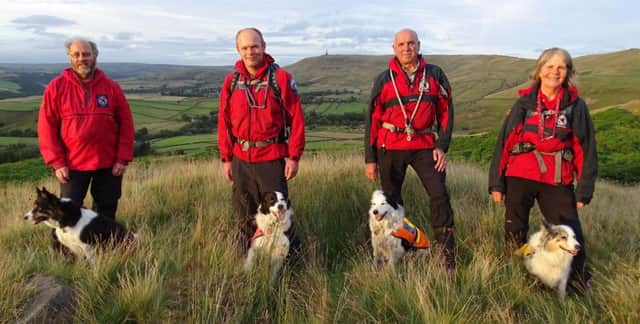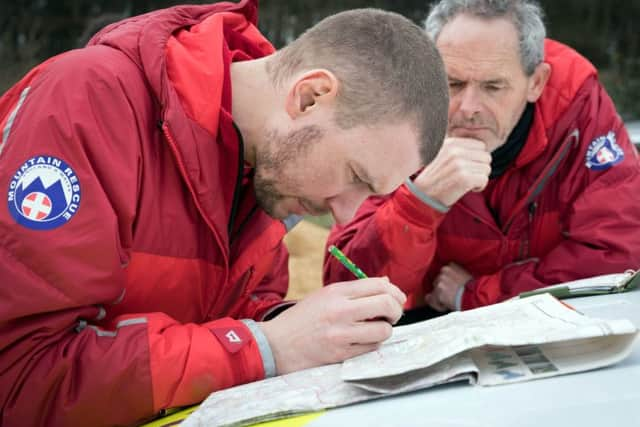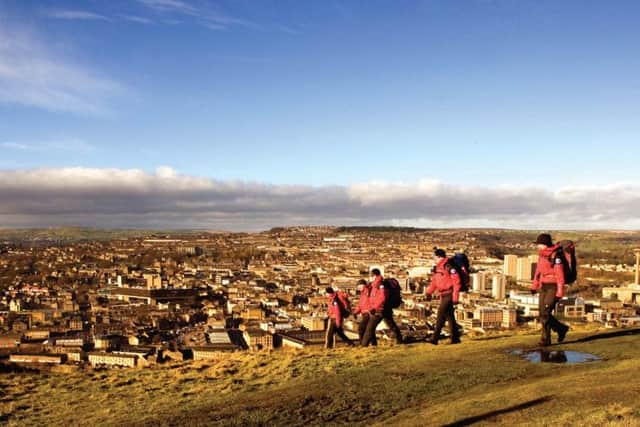Search and rescue: Dogs show they are the best searchers in town


CVSRT can trace its origins back to the search for a missing water board keeper, Mr Robert Akrigg, during severe snowstorms in 1965. Following that incident, local people in the Calder Valley recognised the need for a local Search and Rescue organisation so Calder Valley Moorland Rescue was formed, with initial focus on first aid and navigation.
First aid and navigation are still at the heart at what we do however, the depth and breadth of knowledge has increased dramatically during the intervening years. Through the decades there have been numerous changes to the way we work, with many of the changes being due to the advances in technology and time proven data driven techniques.
Advertisement
Hide AdAdvertisement
Hide AdIn the early years, people reported missing were generally hill walkers, moorland workers or those unfortunate enough to find themselves caught out in bad weather.


The key to finding those missing people was largely by establishing where they were going and for what purpose, which enabled those searching to determine likely areas of where they may be.
Large areas of known routes and tracks could be swiftly covered with a high likelihood of locating the missing person. Whilst these skills are still very relevant today, as time has passed, the people using the hills has changed, meaning the way in which we search has also had to adapt with the development of a variety of search field skills, from line searches to tracking, depending on the type of missing person we are looking for.
Whilst humans are effective, man’s best friend is arguably the best searcher when it comes to looking for missing people.
Advertisement
Hide AdAdvertisement
Hide AdWith a keen sense of smell, ‘off-road drive’ as standard and the ability to treat a search as a game, dogs are invaluable. The Search and Rescue Dog Association (SARDA) is responsible for training and assessment of search dogs, although dogs and handlers are based within rescue teams. Currently CVSRT has three fully qualified search dogs with another two in training, all of which are Border Collies, the most common breed for this type of work.


A search dog team is said to cover the same amount of ground as approximately 20 trained searchers, proving how valuable they are, particularly at night.
Whilst all those techniques are still valid, we now have the benefit of technological advances and medical research to assist in the way we search for different types of missing person.
For missing walkers we can use a dedicated system that pinpoints the missing persons mobile phone position, enabling rescuers to be guided to their exact location. For vulnerable missing people, we can refer to missing person studies that characterise their behaviour and the way in which they are likely to travel, enabling the search team to narrow down where they are likely to be.
Advertisement
Hide AdAdvertisement
Hide AdThese techniques are managed by dedicated search software, which ensures that routes taken and areas searched are accurately mapped, making certain that areas of interest are not missed.


Despite all the advances over the years, one key factor remains constant, that teams are willing to volunteer their time and go out looking for that missing person, no matter what time of day or night, 365 days a year.